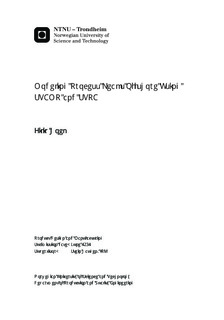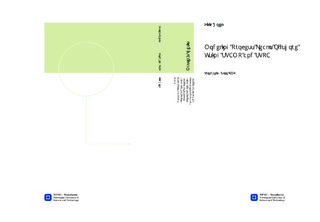| dc.description.abstract | The industry is rapidly evolving, and getting more complicated and comprehensive with the time by creating dynamic systems that intertwine technical components with humans. Existing models for risk modeling and assessment are lacking in their ability to include human and organizational error to the necessary extent. Further, they struggle to keep up with the complex interaction between different components of a system as well as the high pace of change, and at the same time assess specific components and directs blame, thus prevent a healthy creation of a safety culture. An accident model that tries to accommodate these challenges is the systems- theoretic accident model and processes (STAMP) and the belonging method system- theoretic process analysis (STPA). STAMP builds upon three basic principles: Hierarchical safety control structures, safety constraints, and process models. The intention is to view the connection between hierarchical levels as constraints towards the activities below, thus the approach to a safer system is through enforcement of constraints. The STPA is an method developed to include the causal factors identified in the STAMP by utilizing control loops. To test the STAMP, leakage of hydrocarbons as a result of maintenance work related to pressurized process equipment is chosen as an appropriate hazard to analyze. This hazard has little to no improvement in number of occurrences over the past years, and is recognized as a complex procedure with a lot of human interactions. A STPA of the maintenance procedure is developed, thus giving the possibility to discuss and assess STAMP to a greater depth. The model present a different view on risk analysis by focusing on surroundings, constraints, and interactions rather than physical components and their specific failure. This affords new opportunities related to decision making support. Concerns are mostly related to the method being resource heavy and demanding on the analyst, with a high possibility of making the models difficult to follow. The attempted solution of implementing quantitative risk analysis into a STPA involves event trees and reliability block diagrams. It is theoretically plausible, but a challenge is to find suitable data, especially concerning human errors. | nb_NO |

